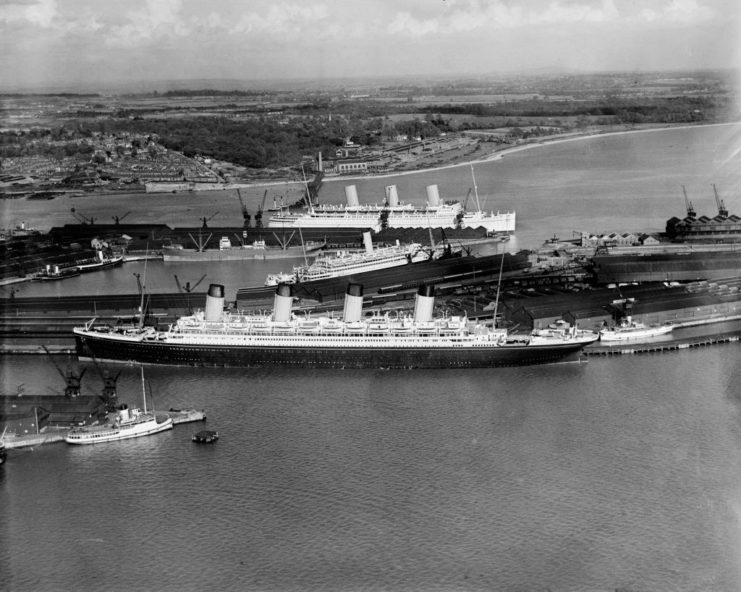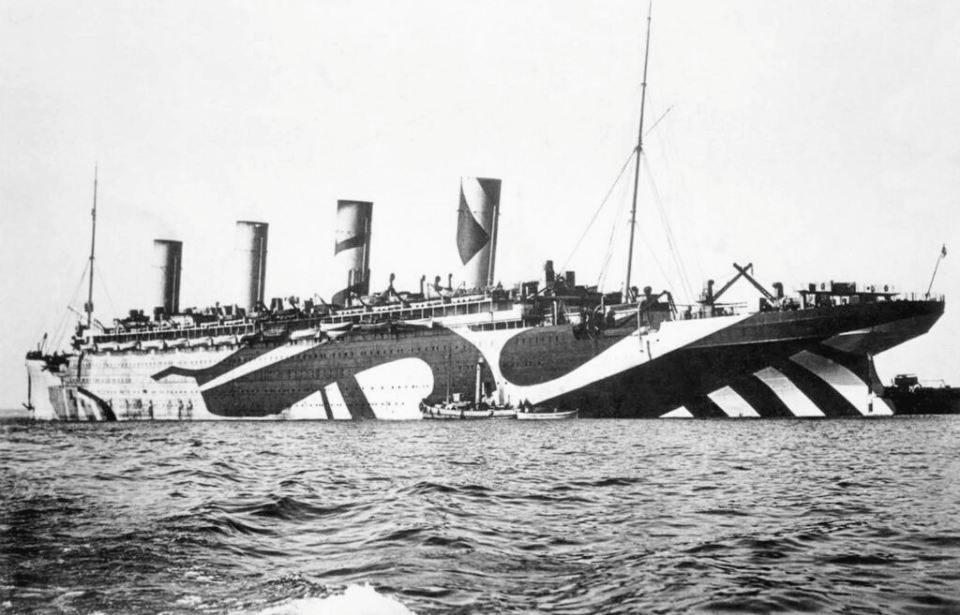When the RMS Olympic was launched in October 1910, she was the largest man-made moving object in the world. At 882 feet long, Olympic set the standard for White Star Line’s Olympic-class ocean liners, and not only changed the luxury liner industry, but also had an impact on the First World War.
The RMS Olympic was laid down as a luxury liner
The RMS Olympic was the first of three Olympic-class ocean liners commissioned by White Star Line, a British shipping company. Completed in May 1911, she was later joined by the HMHS Britannic and the RMS Titanic. When the Titanic was completed the following year, several adjustments to the original design put her at 1,000 tons heavier than Olympic, making her the largest ship in the world.
While most of the world knows the tragic fate of the Titanic, the history of her sister ship Olympic is just as violent.
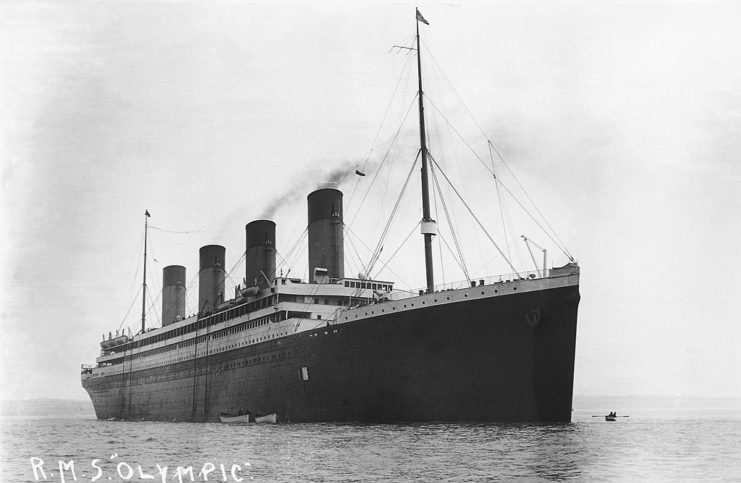
Olympic set sail on her maiden voyage from Southampton, England to New York City in June 1911. Captained by Edward Smith, she successfully reached her destination. The sheer size and grandeur of the luxury liner attracted global attention, so much so that 8,000 visitors toured the vessel when she was opened to the public while docked in New York.
RMS Olympic‘s collision and the sinking of the RMS Titanic
While the RMS Olympic‘s first four voyages went according to plan, the fifth was when tragedy first struck the luxury liner. On September 20, 1911, Olympic collided with HMS Hawke, an Edgar-class British cruiser, in the Solent strait. Hawke‘s bow, which was designed to ram into enemy ships, collided with Olympic near her stern, tearing two large holes into her hull.
Even though the damage flooded two of Olympic‘s watertight compartments, she was able to return to port at Southhampton without a single serious injury onboard. Hawke almost sank, but was repaired and returned to service. She was sunk by a German U-boat in 1914.
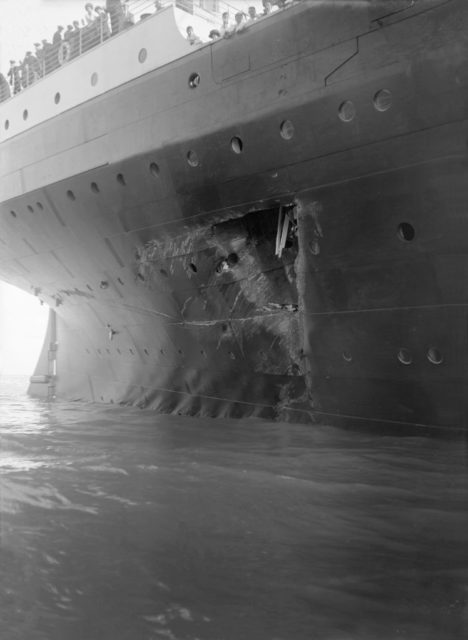
Olympic was returning to Southampton from New York City on April 14, 1912 when the ship’s wireless operator, Ernest James Moore, received a distress call from the Titanic. The sinking ship was 500 nautical miles away, but the crew of Olympic leaped into action and set a new course toward the vessel to rescue passengers.
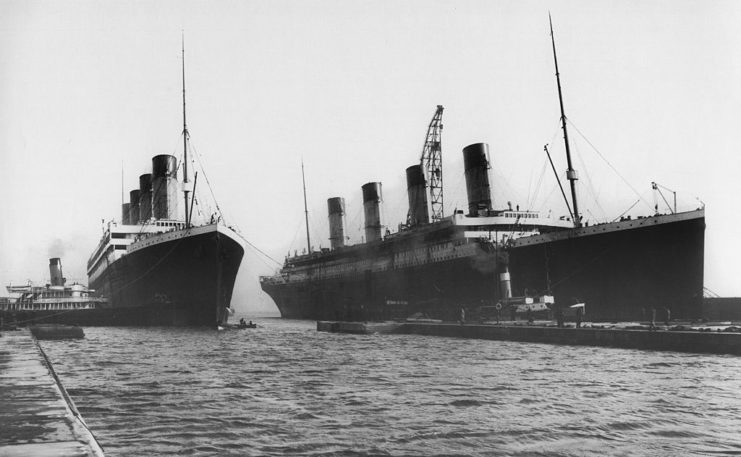
Not only was Olympic identical to the Titanic in design, she also carried the same amount of lifeboats – a number too low to save everyone onboard. This resulted in a mutiny among the vessel’s 280 firemen, who went on strike until an additional 40 collapsible lifeboats were added to the ship.
Rescue of the HMS Audacious (1912)
At the start of WWI, the RMS Olympic continued commercial voyages across the Atlantic Ocean. Her final one left New York City for Glasgow, Scotland on October 21, 1914, with just 153 passengers onboard. Six days into the journey, the crew received distress signals from a nearby battleship, the HMS Audacious (1912). Audacious had struck a German sea mine off the coast of Ireland and was at risk of sinking.
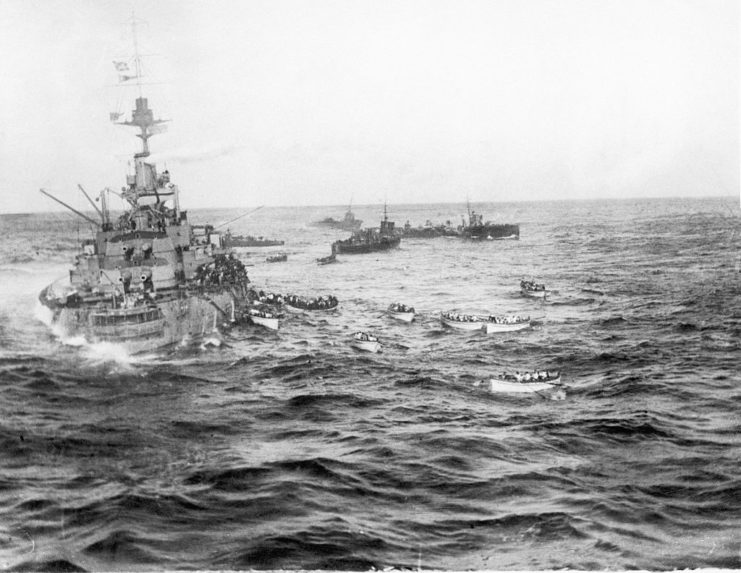
Olympic saved 250 crew members from the sinking ship. The luxury liner attempted to tow the Audacious, but the cable connecting her to Olympic broke three times. Instead of towing the ship, Olympic took on the remaining crew members who looked on as an explosion rang out and the Audacious finally sank.
From luxury liner to hero troopship
The RMS Olympic was requisitioned as a troopship in 1915, becoming the HMT Olympic. Her large size and already established living quarters made her perfect for transporting troops to Europe. She was stripped of her luxury finishings, decorated in dazzle camouflage and armed with 12-pound cannons and 4.7-inch naval artillery guns.
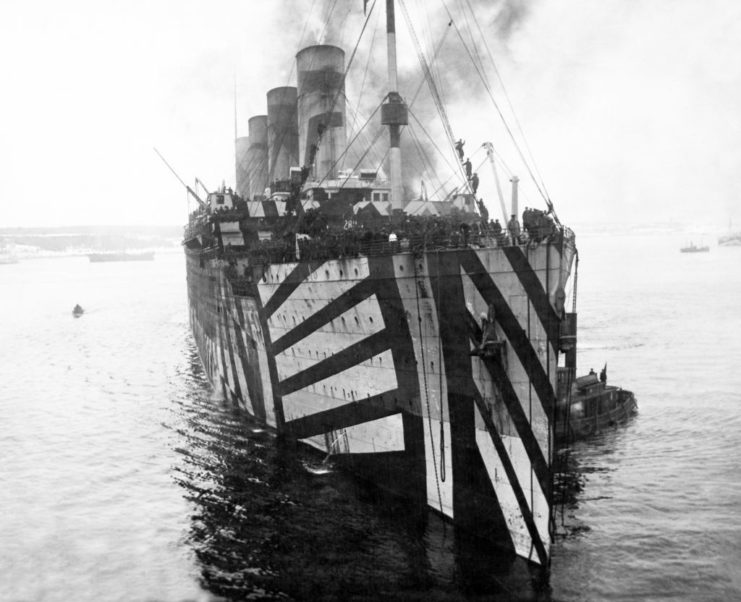
Olympic set sail for Greece from Liverpool in September 1915, carrying 6,000 British troops headed to the Gallipoli Campaign. In May 1918, Olympic went above and beyond her station when her crew members spotted a German U-boat while traveling through the English Channel. As SM U-103 attempted to torpedo the troopship, Olympic sprung into action and rammed into the enemy vessel, successfully sinking the U-boat.
By the end of the war, Olympic had earned the nickname “Old Reliable.” She’d traveled over 180,000 miles and carried more than 200,000 soldiers between 1915-19.
HMT Olympic‘s fate
Following the war, the HMT Olympic was refitted into her former glory as a commercial passenger vessel. She operated from 1920-35 until her retirement, which was likely due to a fatal collision with the Nantucket lightship (LV-117), not far from New York in May 1934. After failing to see the smaller lightship in the water, Olympic couldn’t turn in time to avoid slicing through the vessel. Seven crew members were killed in the incident.
